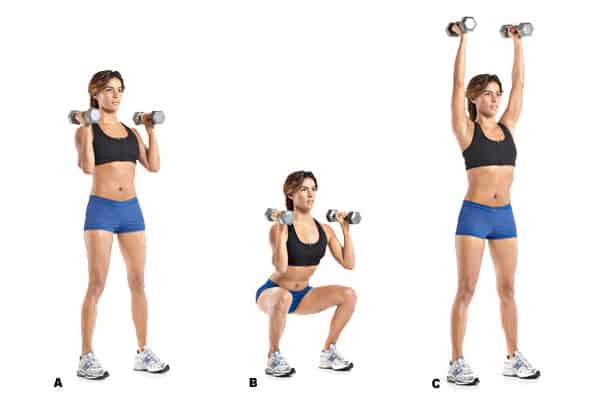As someone who has always been fascinated by the human body and its capabilities, I have found weightlifting to be not only a challenging exercise but also an incredibly rewarding journey. The sheer strength and power that can be achieved through weightlifting are truly awe-inspiring. Whether you’re a gym newbie or a seasoned lifter, there are countless techniques and strategies that can be used to enhance your muscular strength and maximize your gains. In this blog post, I’ll be sharing some of the most effective weightlifting techniques that I have personally found to be beneficial in my own strength-building journey.
1. Compound lifts: One of the fundamental principles of weightlifting for strength is focusing on compound lifts. These are exercises that involve multiple muscle groups and joints working together synergistically. Compound lifts such as squats, deadlifts, bench press, overhead press, and rows are excellent choices for building overall muscular strength. By engaging multiple muscle groups simultaneously, compound lifts stimulate a greater hormonal response in the body, leading to increased muscle growth and overall strength gains.
2. Progressive overload: To continually challenge your muscles and promote strength gains, it is important to incorporate the principle of progressive overload into your weightlifting routine. This means gradually increasing the amount of weight you lift over time. By consistently pushing yourself outside your comfort zone, you force your muscles to adapt and grow stronger. However, it’s crucial to progress gradually to avoid injury. Aim to increase the weight by small increments each week, ensuring that you maintain proper form and technique throughout.
3. Tempo training: While heavy lifting is necessary for building strength, incorporating tempo training into your routine can provide an extra layer of muscle stimulation. Tempo training involves manipulating the speed at which you perform each repetition of an exercise. For example, you can focus on a slow eccentric phase (lowering the weight) to increase time under tension and create a greater stimulus for muscle growth. Experiment with different tempos to challenge your muscles in various ways.
4. Rest and recovery: Building strength is not just about pushing yourself hard in the gym; it’s equally important to prioritize rest and recovery. Muscles actually grow and become stronger during periods of rest, so make sure to give your body enough time to recover between workouts. Aim for at least 48 hours of rest for each muscle group before training it again. Additionally, adequate sleep, proper nutrition, and active recovery techniques such as foam rolling and stretching should be a part of your routine to ensure optimal recovery and prevent overtraining.
5. Incorporate accessory exercises: While compound lifts should form the foundation of your strength-building routine, incorporating accessory exercises can help target specific muscle groups and improve overall lifting performance. These exercises can include bicep curls, tricep extensions, lat pulldowns, calf raises, and many others. By addressing muscle imbalances and weaknesses, accessory exercises can help you lift heavier and reduce the risk of injury.
6. Mind-muscle connection: Developing a strong mind-muscle connection is crucial for maximizing the effectiveness of your weightlifting workouts. This involves focusing on the muscles you are working rather than just going through the motions. Instead of simply lifting the weight, consciously contract and squeeze the targeted muscle group throughout the movement. By developing this mind-muscle connection, you’ll be able to recruit more muscle fibers and achieve better overall muscle activation.
7. Proper technique and form: Lastly, but certainly not least, maintaining proper technique and form is of utmost importance when it comes to weightlifting for strength. Performing exercises with incorrect form not only increases the risk of injury but also reduces the effectiveness of the exercise. Prioritize learning proper technique for each exercise and start with lighter weights to master the movement pattern before progressing to heavier loads. Don’t hesitate to seek guidance from a qualified professional, such as a personal trainer or strength coach, to ensure you are performing exercises correctly.
In conclusion, building muscular strength through weightlifting is a challenging but immensely rewarding endeavor. By incorporating compound lifts, progressively overloading, incorporating tempo training, prioritizing rest and recovery, utilizing accessory exercises, developing a mind-muscle connection, and maintaining proper technique, you can indeed achieve remarkable gains in your strength-building journey. Remember, consistency, patience, and listening to your body are key principles that will ultimately lead to success. So, lace up your shoes, grab that barbell, and start your journey towards greater strength today!
